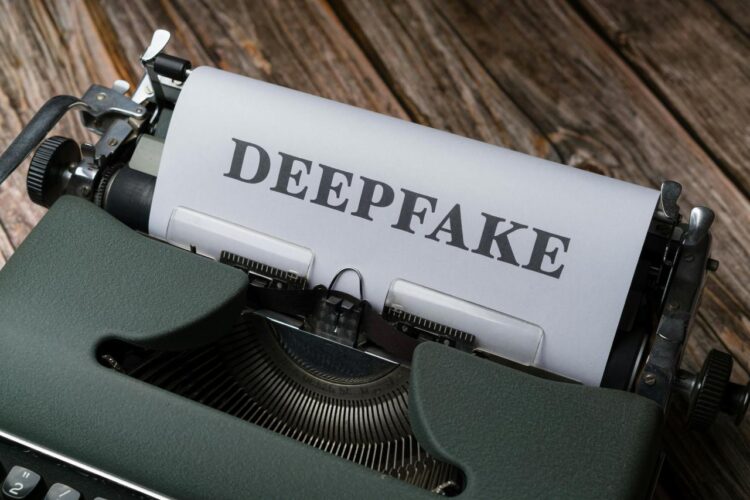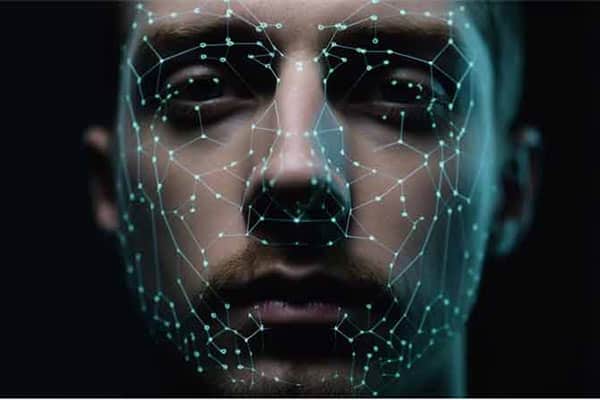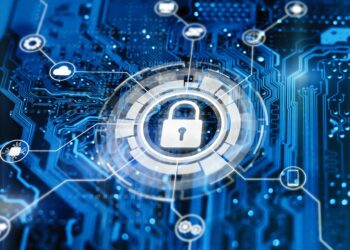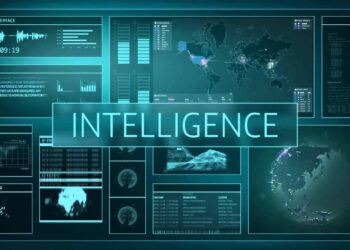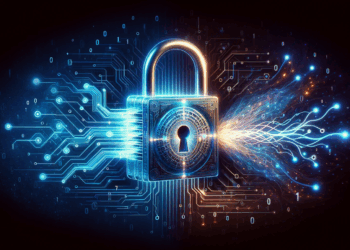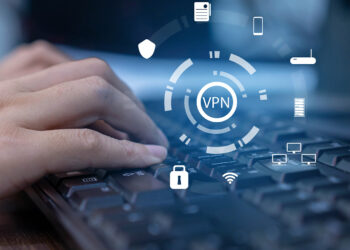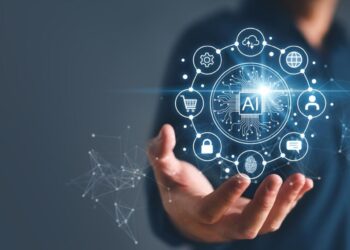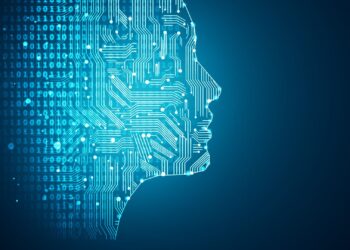The digital revolution promised unparalleled access to information and connection, but it was built on a fragile assumption: trust in what we see and hear. Today, that assumption is collapsing under the weight of deepfakes—highly realistic, AI-generated synthetic media that make it nearly impossible to distinguish between genuine and fabricated content. Deepfakes, created primarily using sophisticated deep learning techniques like Generative Adversarial Networks (GANs) and autoencoders, are no longer a niche technological curiosity; they are a pervasive force challenging democracy, commerce, national security, and, most fundamentally, the entire structure of digital trust. This technological phenomenon necessitates an urgent and globally coordinated policy response to prevent the erosion of objective truth and the destabilization of society.
This comprehensive article delves into the mechanics of deepfakes, explores their multifaceted dangers, and analyzes the complex policy and technological solutions required to safeguard our digital future.
The Technology Under the Hood: How Deepfakes Work
Understanding the threat starts with understanding the sophisticated technology driving it. Deepfakes are distinct from older forms of digital manipulation (like simple Photoshop edits) because they are synthesized using advanced machine learning, creating highly realistic, behaviorally accurate results.
A. Generative Adversarial Networks (GANs)
GANs are the primary engine for high-quality deepfake creation. A GAN consists of two competing neural networks:
- The Generator: This network creates a fake image or video frame, starting from random noise. Its goal is to produce content that is indistinguishable from reality.
- The Discriminator: This network is trained on real data and tries to determine whether the input (image or video) is real or fake. Through this adversarial training process, the Generator constantly improves its forgery skills until the Discriminator can no longer tell the difference. This competitive learning is what produces the hyper-realistic output.
B. Autoencoders
Autoencoders are often used for face-swapping deepfakes, which involve training two separate models:
- The Encoder: This network compresses a person’s face (the source) into a common, low-dimensional representation, known as the “latent space.”
- The Decoders: Two different decoders are then trained—one to reconstruct the original face and one to reconstruct the target face (the person whose video is being used). To create the deepfake, the source person’s face is encoded, and then the target person’s decoder is used to reconstruct the image onto the target video, resulting in a highly convincing face swap.
C. Voice Synthesis (Deep Audio)
Deepfake technology extends beyond visual media to audio, utilizing sophisticated text-to-speech models and voice cloning software.
- Vast Training Data: Models are trained on hours of a target person’s voice to map speech patterns, pitch, and unique vocal texture.
- Emotional Expression: The latest models can accurately inject emotional context (anger, joy, concern) into synthesized speech, making the resulting audio extremely persuasive in the context of a fake phone call or public announcement.
The critical characteristic of deepfakes is their scalability and speed. Once a model is trained, it can generate vast amounts of manipulated content instantaneously, far outstripping the capacity of human or classical analytical review.
The Multifaceted Threat to Digital Trust
The impact of deepfakes spans political, financial, and societal domains, fundamentally eroding the shared objective reality essential for a functioning civil society and modern economy.
A. Political and Democratic Manipulation
Deepfakes pose an existential threat to democratic processes by targeting truth and public discourse.
- Disinformation Campaigns: The creation of fabricated videos showing political figures making controversial statements, accepting bribes, or engaging in illicit behavior right before an election. This can be weaponized for voter suppression or defamation.
- Foreign Interference: State actors can use deepfakes to sow chaos and distrust by fabricating sensitive documents or audio recordings of key governmental figures, forcing officials to waste time and resources debunking fabrications.
- The “Liar’s Dividend”: The pervasive existence of deepfakes creates a phenomenon where genuine, incriminating footage or audio can be easily dismissed by the perpetrator as “just another deepfake,” allowing them to escape accountability.
B. Financial Fraud and Corporate Espionage
In the business world, deepfakes can lead to devastating financial and proprietary losses.
- CEO Fraud (Vishing): Sophisticated criminals use cloned voices (vishing) of high-level executives (CEO, CFO) to call mid-level managers in the finance department, instructing them to execute urgent, large wire transfers to fraudulent accounts. These scams have already resulted in millions of dollars in losses globally.
- Insider Trading and Market Manipulation: Fabricated public statements from company leadership about mergers, acquisitions, or financial distress can be released to artificially inflate or depress stock prices for illegal profit.
- Intellectual Property Theft: Deepfake technology can be used to convincingly spoof biometric authentication systems, gaining access to restricted corporate networks and sensitive intellectual property (IP).
C. Societal and Personal Harm
The most widespread use of deepfakes has been in non-consensual pornography, highlighting severe personal and ethical violations.
- Non-Consensual Harm: The vast majority of deepfake videos online involve synthesizing the faces of women onto pornographic content without their permission, leading to severe emotional distress, reputational damage, and cyber harassment.
- Reputational Damage and Extortion: Targeting journalists, activists, or ordinary citizens with fabricated videos designed to ruin their careers, discredit their work, or facilitate extortion.
- Erosion of Media Literacy: The sheer volume and quality of manipulated content desensitize the public and reduce the general media literacy necessary to engage critically with online information.
The Policy Imperative: Developing Regulatory Frameworks
Current regulatory frameworks, primarily designed for traditional media and human-created content, are inadequate to address the unique scale and nature of the deepfake threat. New policies must be fast, adaptive, and global.
A. Legal and Legislative Responses
Governments must establish clear legal standards and criminal penalties for the malicious use of synthetic media.
- Criminalization of Malicious Use: Establishing specific federal and state laws that criminalize the creation, distribution, and possession of deepfakes created with the intent to defraud, harass, or interfere with elections. Crucially, these laws must focus on intent and harm, not the technology itself.
- Non-Consensual Content Laws: Implementing “right of publicity” or “identity theft” laws specifically tailored to synthetic media, allowing victims, particularly those targeted by non-consensual explicit deepfakes, to seek rapid legal redress and content removal.
- Platform Accountability: Revisiting Section 230-style liability shields to incentivize social media platforms and content hosts to proactively detect and remove malicious deepfakes, especially during politically sensitive periods. This requires defining reasonable due diligence standards for platforms.
B. Mandatory Transparency and Watermarking
A key strategy involves creating a mandatory framework for media transparency, allowing users and systems to immediately verify authenticity.
- Digital Watermarking and Provenance: Mandating that all generative AI models incorporate invisible, cryptographic watermarks or metadata (e.g., using C2PA standards) into all synthetic content. This metadata should declare: “This content was generated by an AI model” and detail its origin.
- Content Authenticity Initiative (CAI): Encouraging the widespread adoption of open-source provenance standards that trace the full lifecycle of a digital asset—from capture to final edit—making any manipulation traceable.
- Labeling Requirements: Requiring social media platforms to clearly and conspicuously label any content identified as synthetic (either by an AI watermark or a detection algorithm), providing users with immediate context.
C. Global Regulatory Harmonization
Since digital media crosses borders instantly, domestic policy alone is insufficient.
- International Treaty Organization: Establishing international cooperation through treaties or working groups (similar to the ITU or WIPO) to harmonize laws regarding malicious deepfake creation and cross-border enforcement, preventing “regulatory arbitrage” where bad actors operate from permissive jurisdictions.
- Defining Critical Infrastructure: Identifying and protecting systems (e.g., financial networks, energy grids, election systems) where deepfake manipulation could cause catastrophic damage, subjecting the protection of these systems to stricter international standards.
The Technological Arms Race: Detection and Defense
The policy response must be paired with technological defense, acknowledging that the fight against deepfakes is a constant arms race between generators and detectors.
A. AI Detection Models
Researchers are developing sophisticated AI models specifically to spot the subtle, non-human artifacts left behind by deepfake generators.
- Physiological Inconsistencies: Detecting non-human artifacts such as:
- Eye Blinking Patterns: Deepfake models often struggle to replicate natural, varied human blinking rates.
- Facial Asymmetry and Micro-Expressions: Flaws in how the face reconstructs non-verbal cues or slight facial asymmetries.
- Inconsistencies in Lighting and Shadows: The synthetic face may not react logically to the lighting and shadows present in the background environment.
- Wavelet Analysis and Frequency Domain: Examining the content not just in the visual space, but in the frequency domain (wavelet analysis) to find digital “tells” or residual noise patterns left by the GAN compression algorithms.
B. Biometric Security and Liveness Detection
In response to deepfake threats against facial and voice authentication, security systems are evolving.
- Liveness Detection: Incorporating active liveness checks in biometric systems (e.g., asking the user to turn their head, blink rapidly, or say a randomly generated phrase) to ensure the source is a live person, not a static deepfake presentation or recording.
- Multi-Modal Authentication: Moving away from single biometric checks (face or voice) to requiring multi-modal verification, combining biometrics with behavioral data (typing cadence, mouse movements) to create a more robust identity profile.
C. The Role of Decentralization (Blockchain)
Decentralized ledger technology (Blockchain) is being explored as a tool for immutable content authentication.
- Timestamping and Hash Verification: Uploading a content’s unique digital signature (hash) to a public blockchain at the point of capture. Any subsequent alteration of the content would change the hash, instantly indicating manipulation.
- Decentralized Identity: Creating verifiable, digital identities for content creators and sources, allowing users to trace the reputation and trustworthiness of a source independent of centralized platforms.
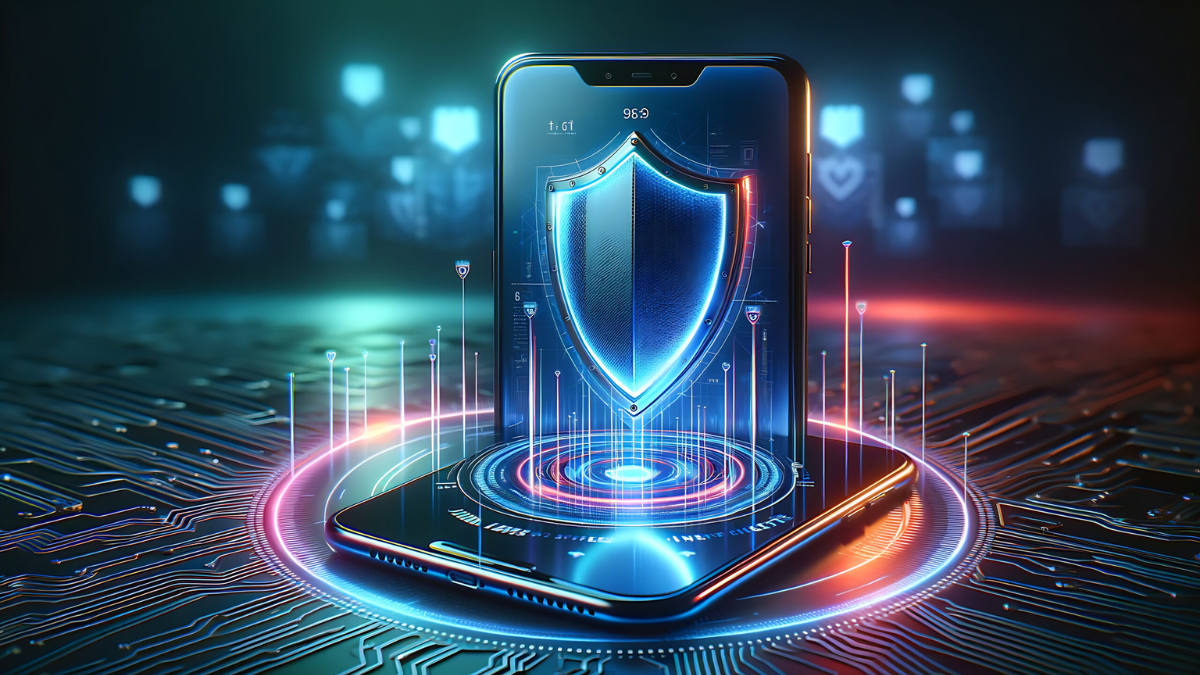 Conclusion: The New Foundation of Digital Credibility
Conclusion: The New Foundation of Digital Credibility
Deepfakes are more than just advanced hoaxes; they represent a fundamental crack in the digital infrastructure—the collapse of the axiom “seeing is believing.” This crisis of credibility demands a response that acknowledges the speed, scale, and sophistication of generative AI.
The path forward requires a unified, hybrid strategy: clear, harm-focused legislation that penalizes malicious intent, mandatory technology standards for content provenance and transparency, and vigorous, perpetual investment in detection and biometric defense mechanisms. Failing to build this comprehensive defense structure will inevitably lead to a Post-Truth Society, where citizens cannot trust the information from their governments, their media, or even their own eyes, jeopardizing the very stability of global digital commerce and democracy. The challenge of deepfakes is the ultimate test of our ability to govern technology responsibly.

